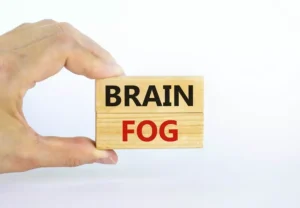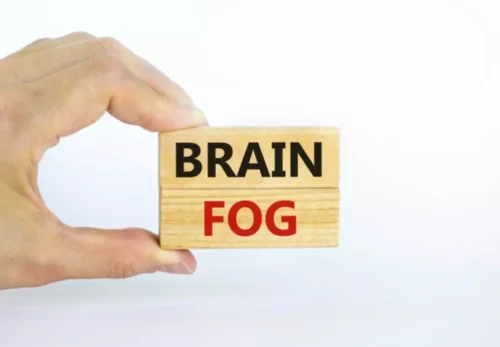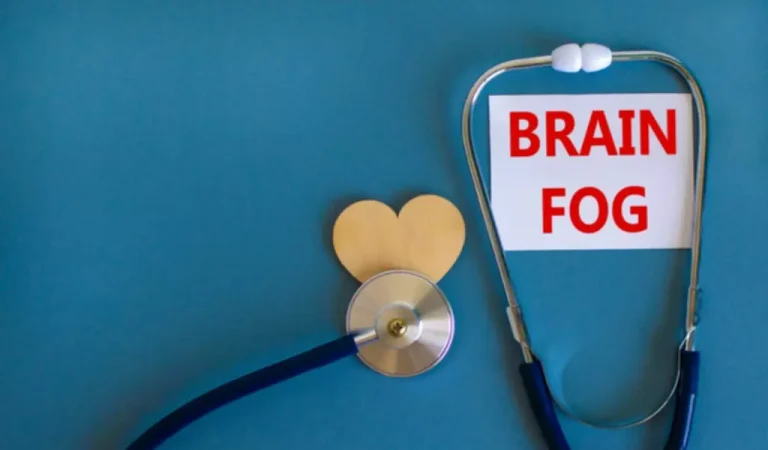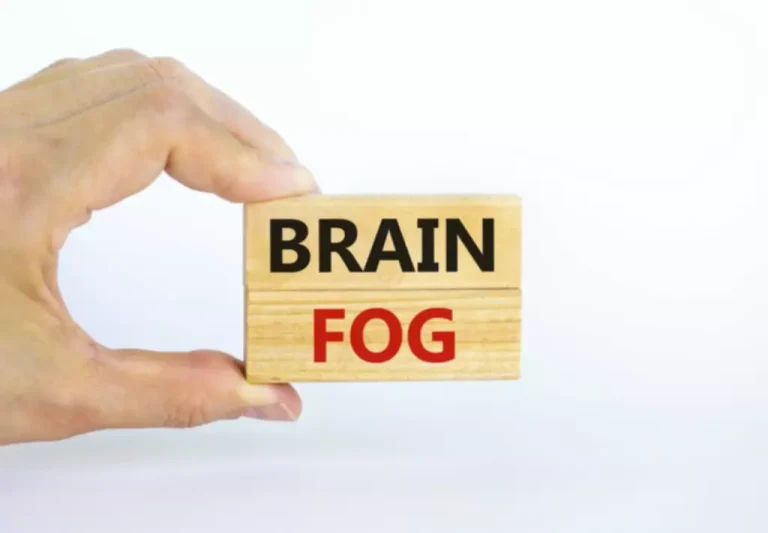
In most cases, the symptoms disappear entirely once the user stops consuming cannabis. However, as legalization is still in progress, the number of people using marijuana is increasing, and so is the number of those with CHS weed issues. First described in 2004, it has become increasingly recognized as cannabis use has grown more widespread. The syndrome is characterized by recurring episodes of nausea and vomiting. In one 2018 study, a group of researchers surveyed 2,127 U.S. adults between the ages of 18 and 49 at an emergency department in New York.
Food Recommendations while in the Hyperemetic phase:

The most important part of the recovery process is the stopping of weed consumption. If the patient continues to consume, the symptoms will come back. Cannabis Hyperemesis Syndrome (CHS) is a rare but important condition that can affect long-term, frequent cannabis users. It manifests through recurrent episodes of severe nausea, vomiting, and abdominal pain. While cannabis is widely recognized for its therapeutic benefits, including its antiemetic (anti-nausea) properties, CHS represents a unique and paradoxical response in a small subset of users. Understanding CHS can help individuals make informed decisions about their cannabis use and maintain their overall well-being.
Start Your Personalized Treatment Plan
Cannabinoids are compounds in the Cannabis sativa plant that bind to cannabinoid receptors in your brain, spinal cord, gastrointestinal tract and other body tissues. Examples of cannabinoids include tetrahydrocannabinol (THC) and cannabidiol (CBD). If you use cannabis often and frequently experience vomiting and nausea, you should tell a healthcare professional. However, health professionals warn that given the recurrent nature of CHS, even moderate cannabis use may trigger a relapse, leading to the return of debilitating symptoms. No clinical studies have shown a successful alternative to complete abstinence for permanent relief from cannabis hyperemesis syndrome. Many people experience temporary relief from their nausea and what is chs vomiting when bathing in hot water.
Deterrence and Patient Education

They may also prescribe antipsychotic medications such as haloperidol (Haldol) or olanzapine (Zyprexa) to help you calm down as you switch to the recovery phase. People who use marijuana long-term — typically for about 10 to 12 years — are at risk of developing CHS. But not every person who uses marijuana, even long-term use, develops CHS.
Treatment Of Cannabinoid Hyperemesis Syndrome

If you are looking for substance abuse treatment, you can find it today. Call us to learn more about the recovery process and how to start your journey toward sobriety. Treatment involves symptomatic care until the determination of the condition can be made. This usually includes anti-nausea and antiemetic medication. CHS is difficult to diagnose because the pathophysiology of severe and episodic vomiting can resemble many other health issues. If you have CHS and don’t stop using, your symptoms like nausea and vomiting are likely to come back.
How long does it take to recover from CHS?
Cannabinoid hyperemesis syndrome or CHS is a condition that affects people who use cannabis. CHS is a rather rare condition and is generally only seen in long time cannabis users. In the study, “The Prevalence of Cannabinoid Hyperemesis Syndrome Among Regular Marijuana Smokers in an Urban Public Hospital,” 32.9% of the daily or near-daily cannabis users met the general definition of CHS. People with CHS also tend to have a strong urge to take very hot showers or baths. That’s because hot water can help ease cannabinoid hyperemesis syndrome symptoms like nausea. The hot temperature affects a part of the brain called the hypothalamus, which regulates temperature and throwing up.
- One of its main ingredients is THC that features anti-nausea effects.
- Some individuals, for instance, also admitted to smoking 2000 mg of THC per day.
- For example, if you smoke weed, eat edibles, use tinctures, or dab or vape THC, tell your doctor about any or all of them.
The Prodromal Phase:
Helga’s passion for the industry shines through in her informative and engaging content, making her a go-to source for anyone interested in the multifaceted world of cannabis. CannaMD is committed to providing compassionate care to Florida patients through evidence-based application of medical cannabis research. Centered around education, empathy, and exceptional customer service, CannaMD offers an unparalleled patient experience – empowering Florida residents to pursue a better quality of life. Cyclic Vomiting Syndrome (CVS) is a condition characterized by recurrent episodes of severe vomiting, often with no apparent cause, interspersed with symptom-free periods. Cannabinoid Hyperemesis Syndrome is a serious but treatable condition linked to chronic cannabis use. Understanding its symptoms and causes can help individuals recognize the problem and seek timely treatment.

For people with CHS, the only way to confirm that diagnosis is to quit using cannabis. The association did not comment on public health concerns related to high-THC products sold legally in Washington state, which are at the heart of regulation efforts. But even Russo, whose professional life revolves around the benefits of cannabis, has been calling out the dangers of high-potency concentrates — a danger he said is universally applicable to any drug. What most people don’t realize, researchers say, is that the THC young people are vaping and dabbing today has little resemblance to the marijuana of decades past. But those advocates are fighting a multibillion-dollar cannabis industry resistant to any form of regulation and a public largely convinced marijuana is harmless. When you stop using cannabis completely, you will usually feel better in 10 days.
What Are Cannabinoid Hyperemesis Syndrome Treatment Options?
As hard as it can be for a Alcoholics Anonymous lot of people to believe cannabis can be dangerous, and in some cases fatal, it is equally hard for daily cannabis users to quit. One of the cannabis industry’s central arguments, which new research is disproving, is that daily cannabis use only leads to schizophrenia when users have a history of schizophrenia in their family. On her fifth attempt, in 2024, Davis managed to get a watered-down version of her bill passed. The new law requires dispensaries as of Jan. 1, 2025, to display “a conspicuous notice at the point of sale” about potential health risks, especially for people under the age of 25, of consuming cannabis. Cannabis not only accounted for the majority of visits during that five-year span (at 52%), but cannabis-related visits also increased the most during the study, jumping by more than 80%.
What are the risk factors for cannabinoid hyperemesis syndrome?
To help you transition to the recovery phase, you can try a few home remedies such as regular hot baths. But too many of them may increase your risk for dehydration due to sweating. If you have symptoms, your doctor will do a physical exam and ask for your detailed medical history.